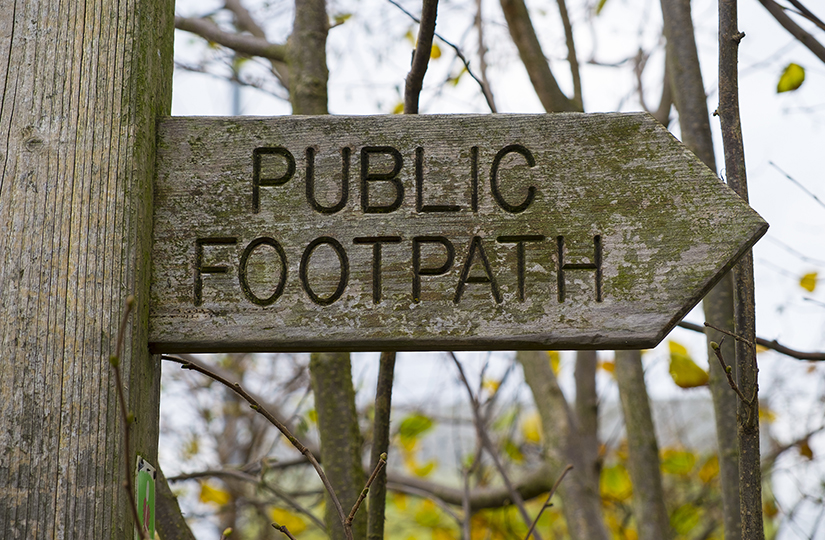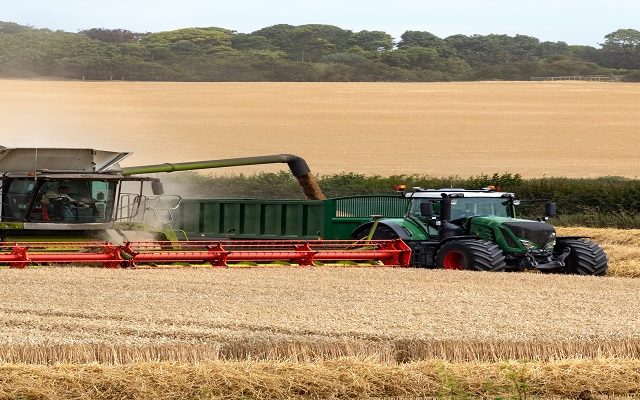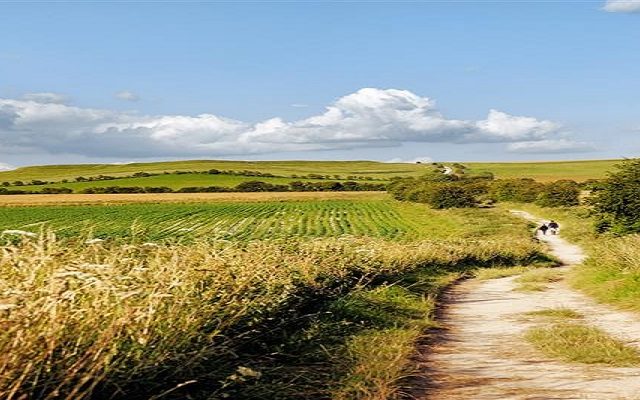Advice for landowners on managing public access
The Greek physician Hippocrates is credited as saying that ‘Walking is man’s best medicine’. More than 2,000 years later this sentiment still rings true, with growing awareness of the benefits walking in the countryside brings to the public’s mental and physical health.
A series of surveys carried out over the past 18 months have highlighted that visiting green spaces improved the health and wellbeing of people living in towns and cities during the COVID-19 pandemic. Indeed, Natural England goes so far as to suggest the pandemic has changed people’s relationships with nature, with 85% of the people it surveyed reporting that being in nature made them happy.
A separate survey by the National Farmers Union (NFU) found that nearly half of respondents (47%) value the British countryside and farmland more since the pandemic began. Encouragingly, almost all of these people also said their visits had made them appreciate the role that farmers and landowners play in creating iconic rural landscapes.
Such is the level of interest in accessing nature, it has been reported that a cross-governmental commission on Access to the Outdoors has recently been set up, which is being led by Lord Agnew. While no details are publicly available, campaigners are using it as a springboard to push for greater access to the countryside.
These calls are likely to generate mixed feelings from land managers. While there are many positives in people making greater use of the public rights of way network – including commercial opportunities for farms and estates with tourism and leisure enterprises – it has not been without its challenges for landowners.
Over the past year, industry organisations have found themselves making repeated pleas for the public to act responsibly, after members reported a significant rise in incidences of sheep worrying, fly tipping, blocked gates and damage to property.
The following is an update on some of the latest developments affecting landowners and farmers in terms of managing public access:
1. Updated Countryside Code
Natural England issued a revised version of the Countryside Code in April 2021 – the first update for more than a decade. This was in direct response to many of the issues raised by land managers, which highlighted a need to remind the public about how to enjoy the countryside safely and sensibly.
Key changes include clearer rules to underline the importance of taking dog faeces home; guidance on the need to stay on marked footpaths even if they are muddy; and a reminder to not feed livestock, horses or wild animals.
Over the summer, Natural England has also been consulting with key stakeholders with a view to launching revised guidance for land managers later this year. It is hoped this document will make it clearer as to what is expected in terms of a landowner’s rights, responsibilities and liabilities.
2. Public access and grant schemes
While there are some well-known challenges associated with public access, it is increasingly opening up new opportunities in terms of accessing public money.
Permissive access options are forming a more prominent part of a number of the grant schemes being rolled out by government.
For example, the Forestry Commission’s new England Woodland Creation Offer (EWCO) is offering top-up payments of £2,200/ha where woodland creation will provide long-term permissive access to the public to enjoy. This money is in addition to the funding on offer to plant and establish a new woodland.
Meanwhile, one of the objectives of the new Farming in Protected Landscapes programme is to support projects which give more opportunities for people to explore, enjoy and understand the landscape.
Details are still emerging about the three schemes proposed under Environmental Land Management (ELM) – the Sustainable Farming Incentive, Local Nature Recovery Scheme and Landscape Recovery Scheme. However, it is anticipated that increasing engagement with the countryside through the creation of new permissive access routes will be among the options on offer to landowners.
3. Uncovering lost rights of way
The Ramblers is running a ‘Don’t Lose Your Way’ campaign to restore historic rights of way in England and Wales. Volunteers have already identified 49,000 miles of what they believe are potentially ‘lost’ paths and are working towards a cut-off date of 1 January 2026 to get the most significant of these reinstated and added to the Definitive Map.
Landowners can log-on to the website at Don’t loose your way to see if they might be affected. It is not unusual to find that historic routes have been plotted that run through existing buildings, farmyards, private parks and gardens.
However, routes being marked do not necessarily mean that an application will be submitted to have an historic right of way added back on the map. The next stage of the campaign is for The Ramblers to whittle down the paths that have been identified – removing any which have been legally diverted or extinguished and prioritising those which could bring the most benefit to the footpath network.
Volunteers will then be asked to collect enough evidence to show the paths they do want to get reinstated were used by the public in the past. This evidence will be submitted to the Local Authority which, after consulting with affected landowners and Parish and District councils, will decide whether the route should be a public right of way.
Landowners will have the right to object if the Local Authority decides to proceed with reinstating a path, but the appeal process is expected to take several months and expert analysis is likely to be needed of the evidence to establish the true nature of the route.
4. Section 31(6) Deposits
Landowners will most likely be aware they can protect themselves from the creation of new rights of way based on ongoing informal public use by depositing a statement and declaration with the Local Authority under Section 31 (6) of the Highways Act 1980.
However, it is important that these are updated before they expire.
Historically these deposits had to be made every 10 years, but changes to legislation in October 2013 mean that deposits are now valid for 20 years.
But the long life of these deposits means that they often get forgotten about by the time their renewal date comes around.
With the increased use of public rights of way, landowners should be mindful of the paths and access routes being used on their land and be particularly vigilant if this cuts a corner or strays from an existing right of way, given this could eventually lead to the creation of a new path.
A public right of way can be established through the use of public trespassing without permission, force or secrecy over a period of time.
The deposit includes a plan and confirms the existing rights of way over the land, which both the landowner and council agree and confirm on the Definitive Map.
Section 31 (6) deposits will not protect land from a claim for the reinstatement of an historic public right of way identified through the ‘Don’t Lose Your Way’ project.
5. Negotiating footpath diversions
We have recently worked with a landowner in the North of England to help build a case for the permanent diversion of three footpaths.
The Local Authority and Parish Council were keen to create a new footpath so pedestrians would no longer be forced to walk along a busy and narrow country lane with no pavement.
We negotiated on behalf of the landowner who agreed to establish a new footpath parallel to the road but within the field boundary, on the provision that three other existing footpaths were diverted around field perimeters in order to improve the practicalities of farming.
Landowners do need to meet a number of tests before a Local Authority will consider rerouting a right of way, but this case highlights how being open to creating new access routes can open the door on productive conversations about existing ones.
6. England Coast Path
Natural England continues to work on establishing the England Coast Path – a national trail following the coastline of England which will be about 2,795 miles long when it is complete.
The project, which has been underway for a number of years, is linking up existing coastal paths by creating new stretches for people to enjoy.
In our experience, it is really important to engage constructively with the agencies promoting and rolling out these projects to share the landowner’s views on where the route should go and put forward ideas to ensure that any sensitive features are protected.
Unusual alliances can be formed. For instance, we have had a situation in which wildlife rangers employed by Natural England joined forces with us, to successfully convince the Natural England agents tasked with negotiating the route to avoid certain parts of the farm and, indeed, in one case, to route the path inland for a stretch.
If you have any queries about manging public access on your land, please get in touch with a member of the Land Management department.






